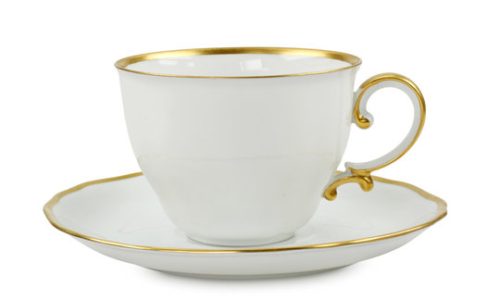Project Report For Tea Cups Manufacturing
Introduction
Project Report for Tea Cups Manufacturing is as follows.
An item used to tea is a tea cup. A cup is used to consume a hot beverage, not just a basic glass. The teacup features a handle to prevent burns, just like a teapot. You can sip coffee or an infusion out of a teacup. Mugs can be fashioned from a variety of materials, including porcelain, single- or double-wall glass, and ceramic. Additionally, they differ from mugs.
Teaware is frequently made of ceramic. Ceramic encompasses stoneware, porcelain, and terracotta in addition to the baked clay pots created in kilns. They are a common option in terms of both usage and appearance. Because of its porosity, ceramic holds heat for a longer time, can withstand greater temperatures, and doesn’t impart any metal or other material flavours to your tea.
All the requirements for the perfect teaware outlined above are met by glass cups. Tea can also be brewed in glass pitchers. The tea has no effect on vitrified glass, although depending on its thickness, it might lose heat fast. A nice option that is less delicate and nearly as good as porcelain is borosilicate glass. Glass cups with two walls are a brilliant choice since the inner wall keeps the heat in while the outside wall makes it simpler to grip. Additionally, there is something peculiar about the way the tea appears through the two layers of glass.
The strongest of the bunch are stainless steel cups, although the substance does not always live up to its reputation. The recent discovery that damaged stainless steel cutlery may leak iron and nickel into food has raised concerns about leaching from stainless steel cookware. Additionally, the problem of stainless steel cups quickly being excessively hot for drinking arises. Because metal naturally conducts heat more quickly than, for example, porcelain, it makes drinking from it a little uncomfortable.
Manufacturing Process of Tea Cups Manufacturing

- Cutting of Clay :- This phase involves selecting a certain clay type—either low-fire or high-fire—and cutting it to get the right amount of mud for the moulding procedure.
- Rolling :- The clay is positioned on a pottery wheel in this stage. The next step is for a potter to hand shape the cup into the appropriate shape by spinning the pottery wheel and sculpting the mud. As a result of the material’s ease of deformation, this assures that any geometric shape may be created.
- Connecting the Handle :- A Direct Contact Method will be used to join the handle to the mud cup once it has been shaped to the proper structure. In this technique, the two pieces are mashed together, and the adhesive is made of vinegar and water.
- Firing :- After the clay has solidified, the tea cups will be fired at temperatures ranging from 1338 to 1690 K, depending on the exact materials employed. The values used throughout the aforementioned Pottery Wheel Method are the same. This process will take two to twelve hours.
Project Report Sample on
Tea Cups Manufacturing
Get Completely Custom Bankable Project Report
Market Potential Of Tea Cups Manufacturing
It is expected that between 2018 and 2028, the market for tea cups will grow at a CAGR of 5.5%.
The global tea cup market is expanding due to reasons such as rising disposable income, changing lifestyles, and increased demand for premium teas. During the forecast period, the product type I segment is likely to occupy a significant share of the global tea cups market. This can be linked to the growing demand for environmentally friendly products across areas. Furthermore, growing awareness of the health advantages associated with green tea drinking is fueling the expansion of this category.
The large number of people who regularly consume tea across the world acts as a driving factor for market development. More elite hotels and restaurants are now adopting expensive kitchenware, such as teacups, which has raised the consumption rate. Demand for the item is also predicted to rise because of the popularity of utilizing the product for liquids besides tea, such as coffee, milk, hot chocolate, and others.
The market analysis in order to assess its strengths and weaknesses. It also assesses the trends noticed in the parent market, as well as macroeconomic data, prevalent forces, and market appeal across various segments.

